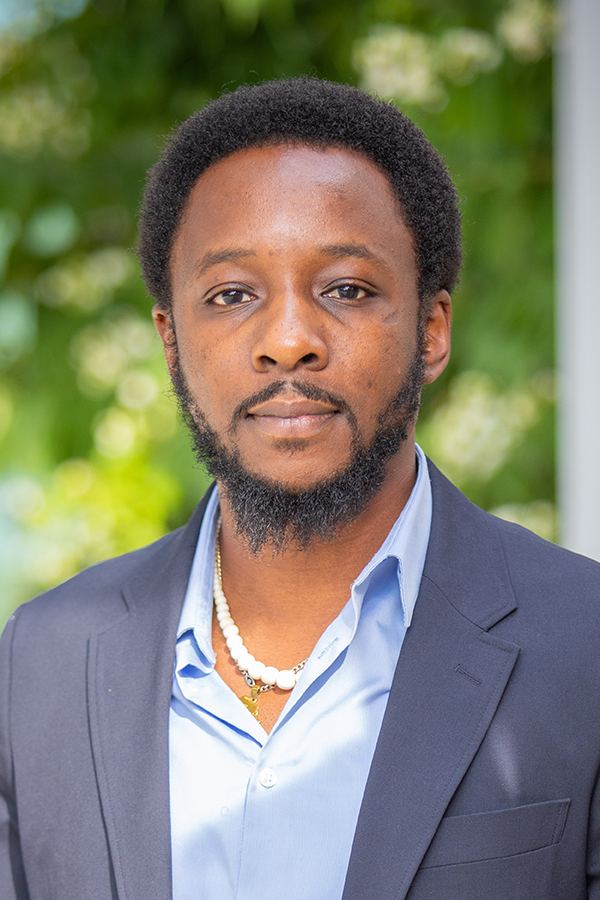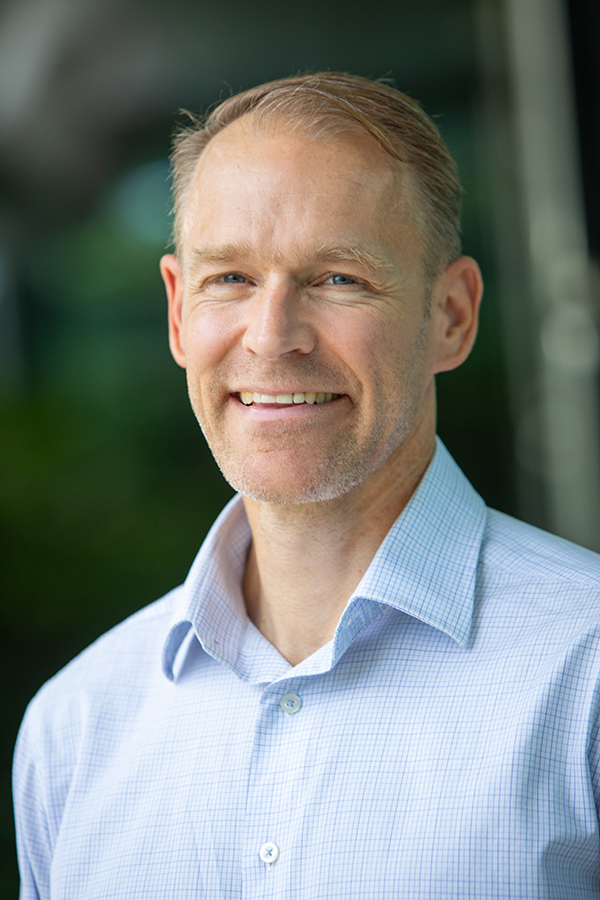News
(Jon Chase/Harvard file photo)
The National Science Foundation has awarded a five-year, $20 million grant to a team of scientists, including eight from Harvard, to create a new research institute aimed at exploring the use of artificial intelligence in fundamental physics.
The AI Institute for Artificial Intelligence and Fundamental Interactions, announced Wednesday, is a cross-discipline collaboration between 20 physicists and seven AI experts from Harvard, the Massachusetts Institute of Technology, Northeastern University, and Tufts University.
In a kind of virtuous circle, the effort will use artificial intelligence to solve problems in fundamental physics and use principles of fundamental physics to improve and understand methods in AI. The scientists believe that doing this will lead to more effective, efficient, and interpretable AI. This will ultimately improve research and knowledge of the fundamental interactions in the universe, from the smallest to largest scales. Examples could include using AI to study subatomic particles and using advanced machine-learning techniques to detect the substructure of dark matter in halos of galaxies.
“We will work to improve physics theory calculations, experiments, and advance the field of AI itself,” said Cora Dvorkin, associate professor in Harvard’s Department of Physics and the University representative on the institute’s board.
The new institute is part of an investment of more than $100 million by the NSF to advance the frontiers of AI research and application in disciplines from physics and molecular discovery to weather forecasting. It will be housed at MIT and led by Jesse Thaler, an associate professor of physics at the MIT Laboratory for Nuclear Science.
“This NSF AI Institute will enable us to advance both physics and AI, by creating a shared language that transcends the boundaries between these fields and by educating the next generation of physics and AI innovators,” Thaler said.
He expressed enthusiasm for the collaborations the center will enable.
The field has treated neural networks as a ‘black box’. I see an opportunity to look inside the ‘black box’ and begin to understand it.
“Together, [Harvard and MIT] will build a bridge between subfields and between institutions and tackle some of the most challenging problems at the intersection of physics and AI,” he said.
The eight senior researchers from Harvard include scientists affiliated with the FAS Division of Science, the Center for Astrophysics | Harvard & Smithsonian, and the John A. Paulson School of Engineering and Applied Sciences (SEAS). Along with Dvorkin, they are Demba Ba, associate professor of electrical engineering and bioengineering at SEAS; Edo Berger, professor of astronomy; Daniel Eisenstein, professor of astronomy; Douglas Finkbeiner, professor of astronomy and physics; Yaron Singer, Gordon McKay Professor of Computer Science and Applied Mathematics at SEAS; Matthew Schwartz, professor of physics; and Todd Zickler, the William and Ami Kuan Danoff Professor of Electrical Engineering and Computer Science at SEAS.
The Harvard team brings expertise in particle physics, astrophysics, cosmology, computer vision, signal processing, and AI optimization.
“Machine learning and artificial intelligence methods are providing scientists with powerful new tools and approaches,” said FAS Dean of Science Christopher W. Stubbs. “It’s wonderful to see this regional collaboration receive support from the National Science Foundation to apply this new methodology to some of the most pressing open questions in the physical sciences.”
Berger, one of the project’s senior researchers, pointed out how the collaboration will break down the silos between different fields, even those that on the surface appear closely related, like astronomy and physics.
“That’s one of the most important design features about this institute: the chance to not only enhance the work that my group is doing but learn more about what’s happening in other areas that I don’t think about on a daily basis, but where I’m sure that we have common approaches and can benefit by talking to each other,” Berger said.
Berger studies short-lived bursts of energy that appear in the sky and disappear on hard-to-predict timescales. The use of AI and machine learning has become central to processing and categorizing the vast data his group collects.
Other calculations that will be explored include computations in string theory, physical mathematics, and astroparticle physics and cosmology.
The institute will also focus on making an impact on existing physics experiments. For example, it looks to use AI to enhance the potential of the Large Hadron Collider, the world’s largest and most powerful particle accelerator, and the Laser Interferometer Gravity Wave Observatory (known as LIGO), the world’s largest gravitational wave observatory.
When it comes to AI itself, the major focus will be on applying physics-inspired principles, such as those explaining how light interacts with an object or how gravitational waves work, to develop a foundational understanding of artificial neural networks and accelerate progress toward better AI systems.
“The field has treated neural networks as a ‘black box,’” said Ba, who studies machine-learning algorithms built on deep neural networks and is the project’s AI research coordinator. “I see an opportunity to look inside the ‘black box’ and begin to understand it.”
The new institute is one of seven AI-focused institutes the NSF announced in partnership with the U.S. Department of Agriculture’s National Institute of Food and Agriculture, the Department of Homeland Security’s Science and Technology Directorate, and the Department of Transportation’s Federal Highway Administration. After a national competition, the Boston-area proposal was chosen in part because of the area’s large concentration of top experts in both AI and fundamental physics.
“NSF’s long history of investment in AI research and workforce development paved the way for many of the breakthrough commercial technologies permeating and driving society today,” said NSF Director Sethuraman Panchanathan in a statement. “NSF invests more than $500 million in AI research annually. We are supporting five NSF AI institutes this year [two are supported by the USDA], with more to follow, creating hubs for academia, industry, and government to collaborate on profound discoveries and develop new capabilities to advance American competitiveness for decades to come.”
Another major goal of the new institute focuses on education and workforce development. Along with the program for postdoctoral fellows and graduate students, that could include efforts such as a new interdisciplinary Ph.D. degree in physics, statistics, and data sciences; workshops offered by institute members; and various community outreach programs.
“One critical charge of [its] mission is to demonstrate to the public, and to the most technologically gifted graduates and researchers, the revolutionary potential of AI for fundamental science,” said Schwartz, who will head the new institute’s coordination board.
Topics: AI / Machine Learning
Cutting-edge science delivered direct to your inbox.
Join the Harvard SEAS mailing list.
Scientist Profiles
Demba Ba
Gordon McKay Professor of Electrical Engineering
Todd Zickler
William and Ami Kuan Danoff Professor of Electrical Engineering and Computer Science
Press Contact
Leah Burrows | 617-496-1351 | lburrows@seas.harvard.edu





